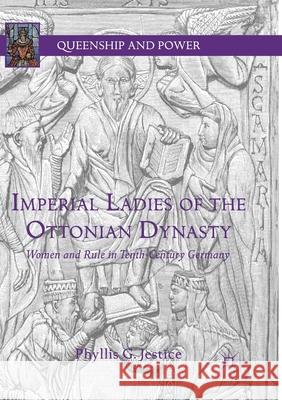Imperial Ladies of the Ottonian Dynasty: Women and Rule in Tenth-Century Germany » książka
topmenu
Imperial Ladies of the Ottonian Dynasty: Women and Rule in Tenth-Century Germany
ISBN-13: 9783030084240 / Angielski / Miękka / 2019 / 300 str.
Imperial Ladies of the Ottonian Dynasty: Women and Rule in Tenth-Century Germany
ISBN-13: 9783030084240 / Angielski / Miękka / 2019 / 300 str.
cena 563,56
(netto: 536,72 VAT: 5%)
Najniższa cena z 30 dni: 501,19
(netto: 536,72 VAT: 5%)
Najniższa cena z 30 dni: 501,19
Termin realizacji zamówienia:
ok. 22 dni roboczych
Bez gwarancji dostawy przed świętami
ok. 22 dni roboczych
Bez gwarancji dostawy przed świętami
Darmowa dostawa!
Kategorie BISAC:
Wydawca:
Palgrave MacMillan
Seria wydawnicza:
Język:
Angielski
ISBN-13:
9783030084240
Rok wydania:
2019
Wydanie:
Softcover Repri
Ilość stron:
300
Waga:
0.37 kg
Wymiary:
21.01 x 14.81 x 1.68
Oprawa:
Miękka
Wolumenów:
01
Dodatkowe informacje:
Wydanie ilustrowane











